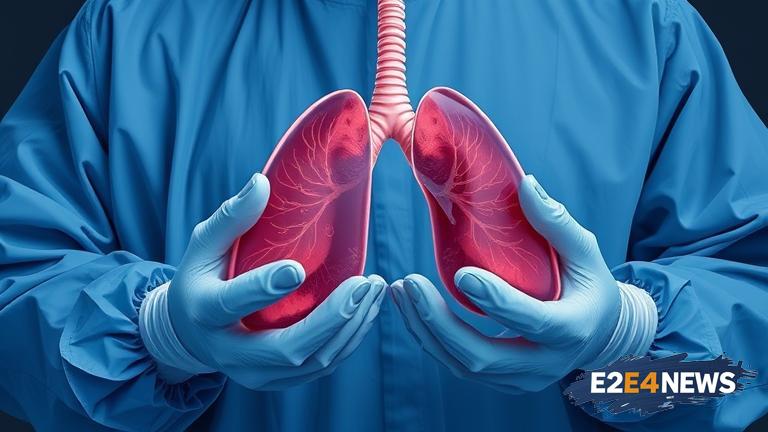A team of medical professionals in China has made a significant breakthrough in the field of xenotransplantation, which involves transplanting organs from one species to another. The surgeons successfully transplanted pig lungs into human patients, marking a major milestone in the quest to address the global shortage of human organs available for transplantation. This innovative procedure has the potential to save countless lives and revolutionize the field of organ transplantation. The pig lungs used in the transplant were genetically modified to reduce the risk of rejection by the human immune system. The surgery was performed at a hospital in China, where a team of experienced surgeons and medical professionals worked together to ensure the success of the procedure. The patients who received the pig lungs are reported to be in stable condition and are being closely monitored by medical staff. The breakthrough is the result of years of research and development, and it is expected to have a significant impact on the field of organ transplantation. The use of pig lungs in human transplantation has several advantages, including the availability of a large number of donor organs and the potential to reduce the risk of rejection. However, there are also challenges associated with xenotransplantation, including the risk of transmitting animal diseases to humans. The Chinese medical team has developed a new technique to overcome these challenges, which involves using a combination of genetic modification and immunosuppressive therapy to reduce the risk of rejection. The success of the pig lung transplant procedure has sparked widespread interest and excitement in the medical community, with many experts hailing it as a major breakthrough. The breakthrough is expected to have a significant impact on the field of organ transplantation, and it is likely to lead to further research and development in the area of xenotransplantation. The use of pig lungs in human transplantation has the potential to address the global shortage of human organs available for transplantation, which is a major public health concern. The shortage of human organs has resulted in thousands of people dying each year while waiting for a transplant, and the use of pig lungs could help to reduce this number. The breakthrough is also expected to have a significant impact on the field of regenerative medicine, which involves the use of stem cells and other technologies to repair or replace damaged tissues and organs. The success of the pig lung transplant procedure is a testament to the power of medical innovation and the potential for breakthroughs in the field of organ transplantation. The Chinese medical team has demonstrated that with dedication, hard work, and a commitment to excellence, it is possible to achieve major breakthroughs in the field of medicine. The breakthrough is expected to inspire further research and development in the area of xenotransplantation, and it is likely to lead to new and innovative treatments for a range of medical conditions. The use of pig lungs in human transplantation has the potential to revolutionize the field of organ transplantation, and it is expected to have a significant impact on public health. The breakthrough is a major achievement for the Chinese medical team, and it is a testament to the country’s growing reputation as a hub for medical innovation. The success of the pig lung transplant procedure is a significant milestone in the quest to address the global shortage of human organs available for transplantation, and it is expected to have a lasting impact on the field of medicine.
